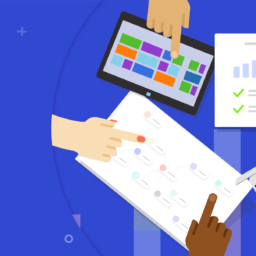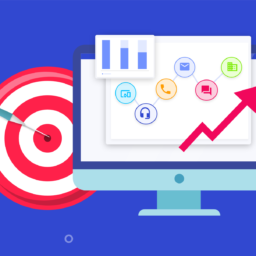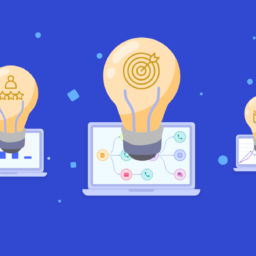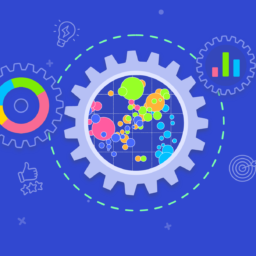
How does CJA allow customer data analysis and insights diffusion?
To precisely meet the needs of the business teams to have at their disposal customer insights to clarify their decision-making, historical BI and Data Analytics tools are evolving and news tools emerge. These tools complete, interface or even replace the historical tools. It is especially the case of Customer Journey Analytics (CJA) tools which have become the keystone of data and analytics teams’ software environment regarding customer insights production and diffusion.
CJA tools, main topic of this article, rely on an automated analysis technology of the interactions between the company and the customers. They bring clear perspective about omnichannel customer relation (customer behaviors and journeys, lived experience, customers’ point of view regarding the processes, predictions of customers and operational behaviors, etc.). By producing and sharing personalized KPI and customer journey analytics, these tools guide the business teams in making reliable and effective decisions.
CJA: a key tool to understand your customers
CJA is a key tool for companies that wish to better understand their customers. By integrating data from multiple sources and creating behavioral models, this tool allows business teams a better understanding of customer journeys and their needs.
This tool allows to access a broad range of online and offline data from different sources such as internet websites, applications, in-stores/agencies, call centers, emails/SMS, social media, etc. These data are analyzed to identify customers behaviors, their expectations, and their preferences.
Moreover, CJA allow data analysts to disseminate the valuable insights they get from analyzing customer data. It is possible to share these insights with different departments and collaborators in order to elaborate more efficient strategies and products. The business teams can for instance use these insights to create more personalized and relevant experiences for their customers.
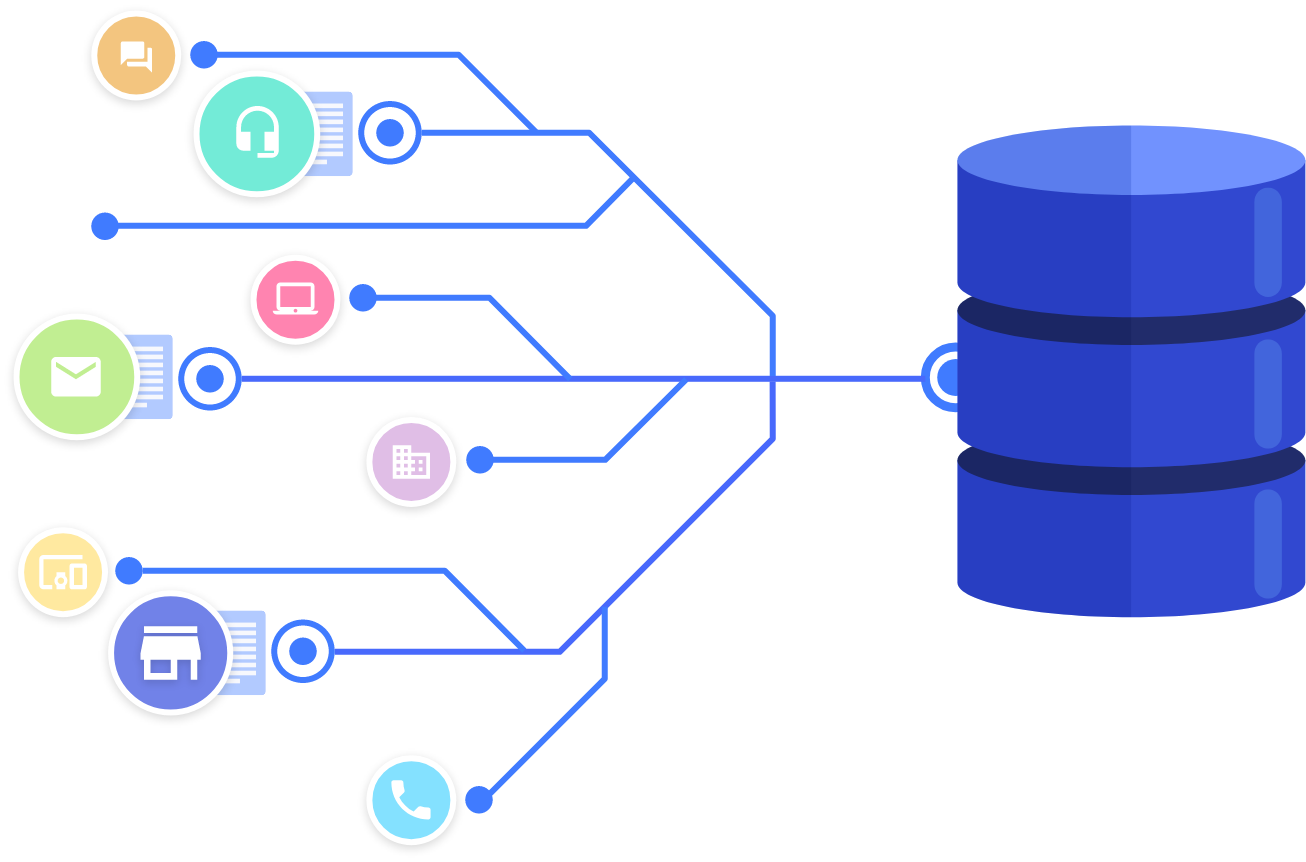
Lastly, this solution offers the possibility to test and optimize marketing campaigns for better results. Business teams can evaluate the efficiency of a campaign’s different versions and identify what works the best.
In a nutshell, CJA solution can help companies to better understand their customer journeys and make decisions based on the data.
How does CJA work?
Running a CJA involves several steps:

Collecting multichannel data:
CJA collets data from different sources – such as websites, mobile applications, call centers, e-mails, or social media – to acquire a complete view of the omnichannel customer journey.
Analyzing the data:
CJA uses data analysis methods to understand customers’ behaviors and interactions. It includes segmentation, cohort, time dependence features analysis, to better comprehend how customers evolve over time.
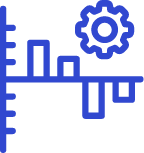
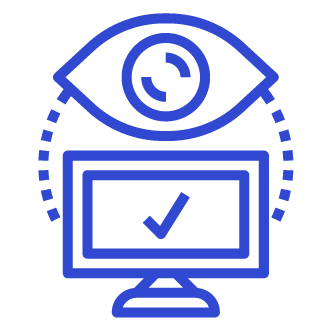
Visualizing the data:
CJA provides an interactive visualization of the data for a better understanding of the insights, arising as results from the analysis. The dashboards can include graphics, charts, and key indicators so the business team can visualize and easily understand them.
Integrating the CJA with other devices:
CJA can be integrated with other devise to improve the use of the obtained data. For example, it can be integrated with CRM solutions to refine the personalization of the customer experience.
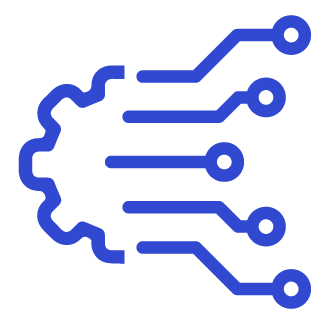
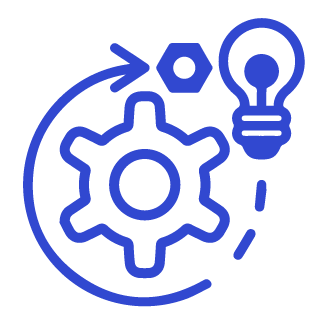
Automating the operations:
Insights arising from the analysis can be used to automate operations such as personalized marketing campaigns and answers to the customer service’s requests.
Monitoring the progress:
CJA allows to monitor progresses over time to evaluate the efficiency of the executed actions to improve the customer journey.

The obtained customer insights also allow to take data-oriented decisions at the company level.
CJA allows operational gains for the analytics teams and the company
Gains for the analytics teams are multiple:
- Automatization of the manual processes: complex and time-consuming tasks are automated, which free time and energy to focus on stronger value-added tasks.
- More precise and relevant insights: data are collected more systematically while analyses are done more efficiently, which ensure more precise and relevant insights.
- Team’s proactivity: simplified decision-making.


Gains for the company include:
- Better understanding of the customers: the obtained insights, thanks to the CJA, allow a better understanding of the customers’ needs and expectations, which can lead to improved customer experiences.
- Optimization of marketing and sales strategies: customer insights can be used to optimize marketing and sales strategies, which can lead to increased conversions and reduced costs.
CJA allows to automate processes
The automatization of the processes is one of the key benefits of using the CJA. It allows companies to replace current manual processes with automated ones, faster and more precise.
CJA can automatically collect data from different sources in real-time and analyze them by using advanced algorithms. Insights arising from the analysis can be used to automate operations such as personalized marketing campaigns and answers to customer service’s requests at the right time within the customer journey.
Processes automatization also allows companies to quickly seize the opportunities and face the market’s challenges. Data are collected and analyzed in real-time. By automating the processes that can be, it allows not only for the data analysts but also the business teams to free some bandwidth. By doing so, the different teams can focus on strong value-added tasks and also reduce operational costs. It can significantly improve the customer experience’s quality and help companies to stand out from their competitors.
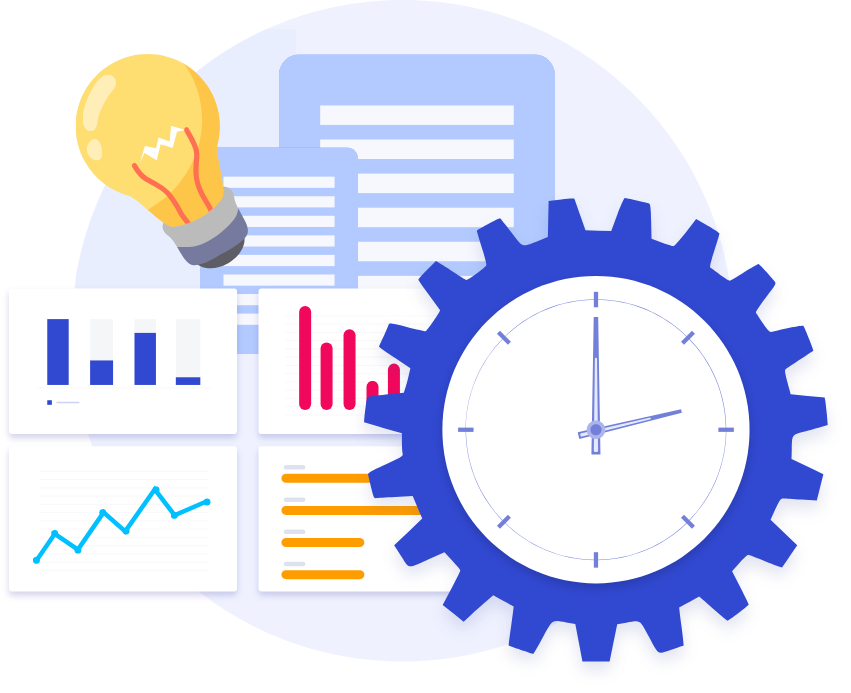
The CJA’s position within a complex software environment
In a complex software environment, it’s often challenging to centralize data from different sources. The CJA can solve this problem by using integration tools to collect data from different systems and centralize them in one place only for more efficient analysis.
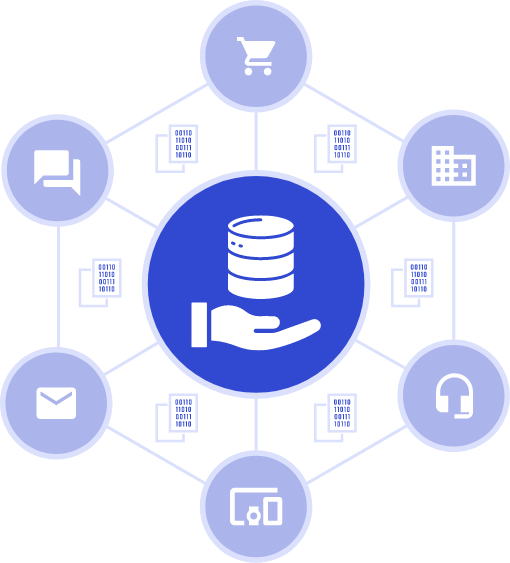
It can also be used to identify opportunities for customer experience improvement by using data in real time to detect obstacles to conversions and optimize the touchpoints with the customers.
To summarize, CJA plays a major role in a complex software environment by allowing to collect and analyze the data from different sources. By doing so, it allows to understand the interactions between the customers and the company and to improve the customer experiences.
What are the limits of the CJA?

Biased data:
The collected data can be biased if they don’t come from a reliable source or if they are not collected systematically. It can cause wrong decisions and an inappropriate optimization of the marketing and sales strategies.
Large amounts of data:
The amount of collected data can be very significant, which can make difficult the data collection and analysis. CJA tools can handle the treatment of large amount of data to ensure relevant and precise insights.
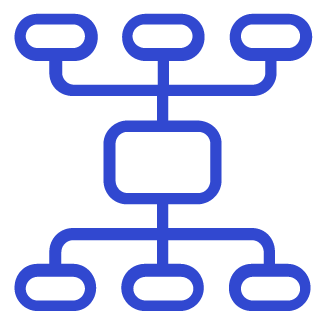
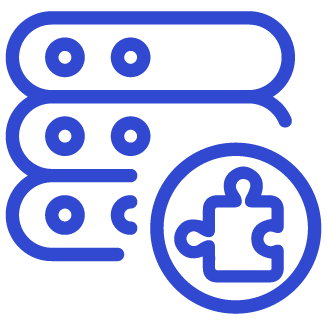
Technical complexity:
Implementation of the CJA can be complex due to the necessity of integrating data from different systems and centralize them in one place. Analytics teams needs to be trained to use CJA tools efficiently.
Data ethics:
It is crucial to ensure the protection of customers’ privacy during the data collect and analysis. The different teams need to be aware of the laws and regulations regarding data protection to ensure the compliance.

In summary, CJA can bring many benefits to understand the interactions between the customers and a company. However, it is important to take into consideration the limits such as the data bias, the large amounts of data, the technical complexity and the data ethics to ensure a successful and compliant implementation and execution. It remains a relevant option to be considered by the companies.
Indeed, a CJA, such as datakili, stands out by combining the strength of BI and Data Analytics tools to provide an holistic vision of the customer journeys. This approach allows, not only to explore the data in-depth, but also to present the results in a clear and easy way to understand for the business teams. Thus, CJA encourages a more flexible collaboration between the business teams and the data analysts, improving the productivity and reactivity.
To conclude, adopting a Customer Journey Analytics solution as datakili, represents an advantageous option for companies looking for a complete tool, suitable to their needs, outperforming BI and Data Analytics solutions.
To learn more about us, please contact us.







